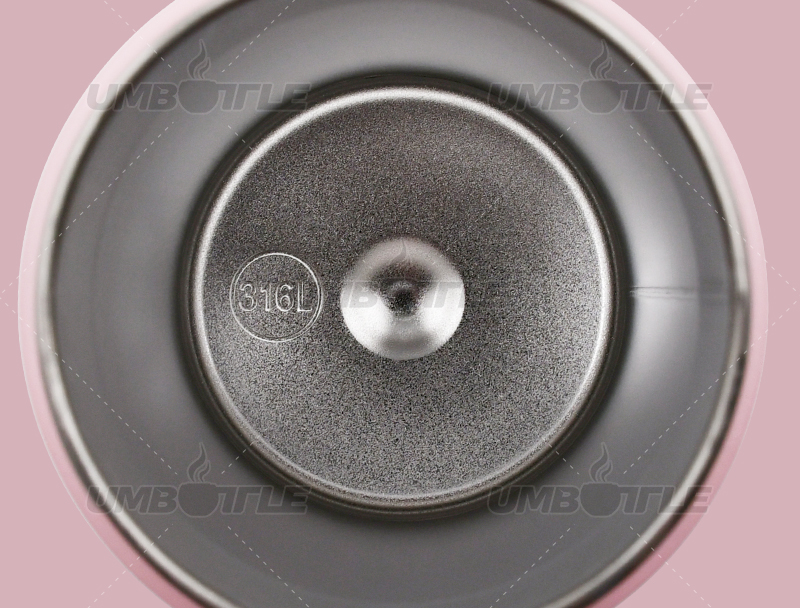Methods for Identifying Stainless Steel Water Bottle Materials: Insights from a Stainless Steel Production Engineer
When purchasing stainless steel water bottles, many consumers may be concerned about whether the stainless steel used in the cup meets standards, as different stainless steel materials have different performance characteristics. http://www.umbottle.com/ProductsDetail-VB-10439.htmlAs a stainless steel production engineer, I will share some methods for determining what stainless steel material is used in a water bottle to help consumers make informed choices.
Check the Stainless Steel Markings:
Every stainless steel product should have a clear stainless steel marking. Typically, stainless steel water bottles labeled "18/8" or "18/10" use 304 stainless steel, while those labeled "316" indicate the use of 316 stainless steel. http://www.umbottle.com/ProductsDetail-VB-10439.htmlThese markings serve as a way for manufacturers to showcase the stainless steel grade used in the product.
Magnetic Test:
Stainless steel contains iron elements, but some stainless steel materials may have relatively low iron content, making them non-magnetic. Use a magnetic testing tool, http://www.umbottle.com/ProductsDetail-VB-10439.htmlsuch as a magnet, and see if it adheres to the water bottle. If it does, it indicates a higher iron content, likely the more common 304 stainless steel.
Observe the Color of the Water Bottle:
304 stainless steel typically has a bright silver color, while 316 stainless steel may exhibit a brighter metallic luster on the surface. http://www.umbottle.com/ProductsDetail-VB-10439.htmlObserving the color of the water bottle can provide initial clues about the stainless steel material used.
Acid-Base Test:
Use common household vinegar (acidic) and a baking soda solution (alkaline) to apply separately to the surface of the water bottle. http://www.umbottle.com/ProductsDetail-VB-10439.htmlIf the stainless steel is 304, it should remain stable under the acidic liquid, and there should be no reaction to the alkaline solution. Note that this testing method is best used with the consent of the seller before purchase and should be used cautiously to avoid damage to the product.
Temperature Test:
Use a thermometer to test the heat transfer of the water bottle. 316 stainless steel typically has better heat transfer performance, http://www.umbottle.com/ProductsDetail-VB-10439.htmlso if the water bottle quickly becomes cold or hot in a short period, it may be using a higher-grade stainless steel.
These methods can help you make preliminary judgments about the stainless steel material used in a water bottle. However, http://www.umbottle.com/ProductsDetail-VB-10439.htmlplease note that the most accurate way is to consult with the manufacturer or seller, as they usually provide detailed product information.

Dongguan Zhanyi Commodity Technology Co., Ltd. specializes in the production of metal cups, plastic cups, coffee cups, suction mug, lunch boxes, food jar, travel mugs, portable water bottles, sports bottles, home life desktop trash cans, thermos bottles, etc.These products are all our annual exports, and are recognized and loved by the US, Europe, Australia, Japan, South Korea, Taiwan, Hong Kong and other consumers. Support for small quantity order, fast customization.